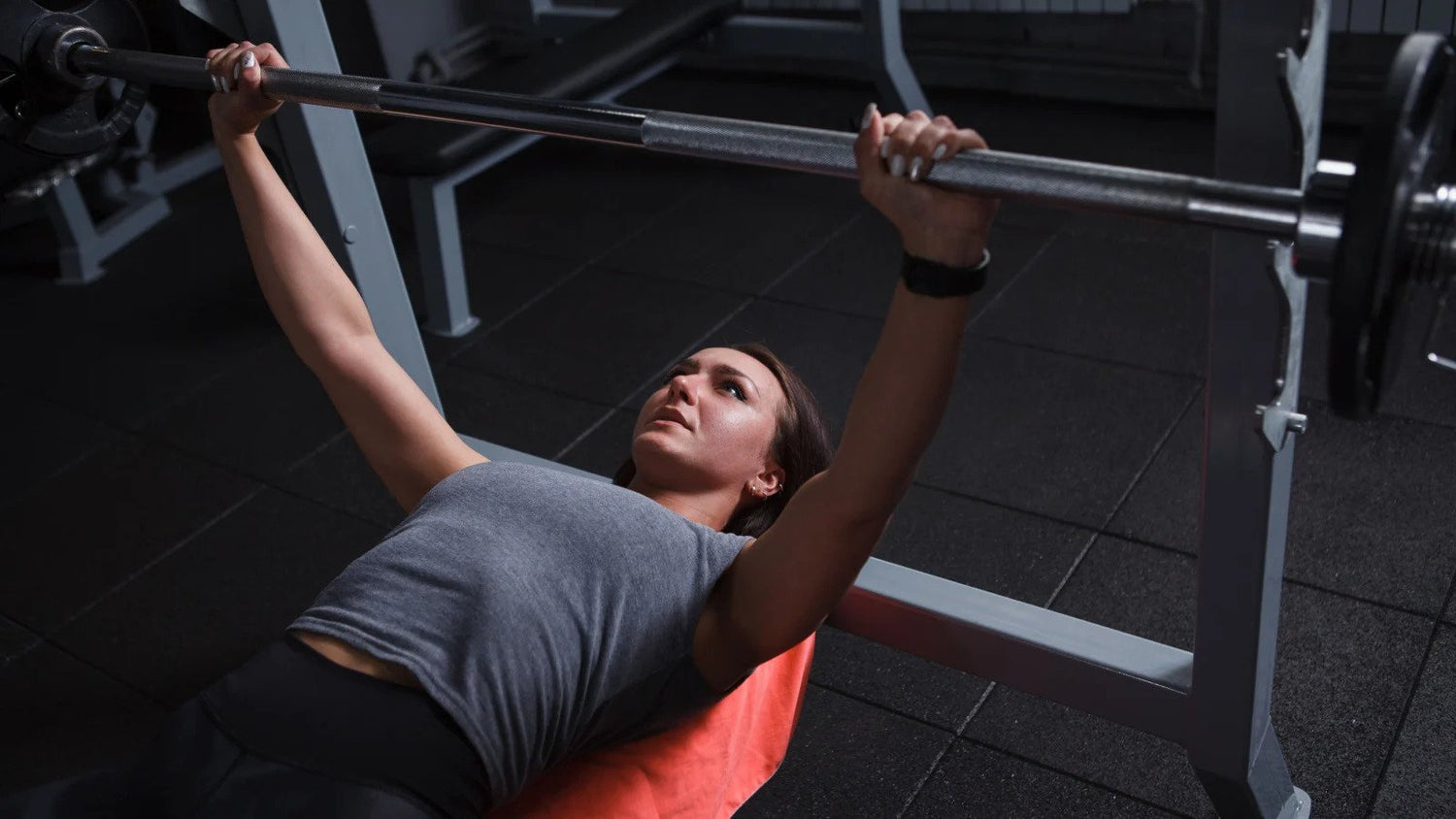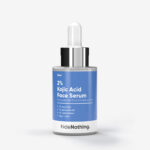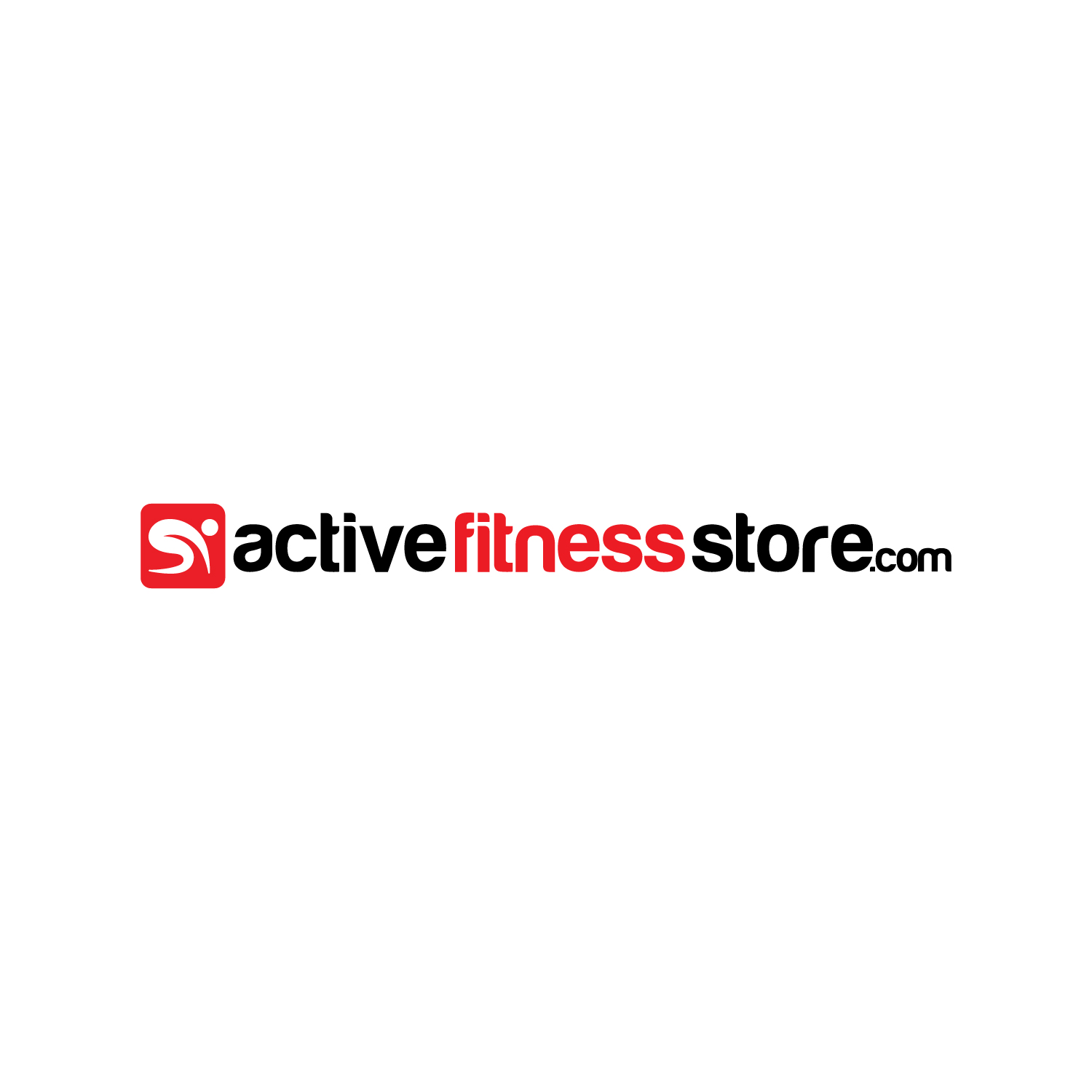
The chest press is a staple movement in strength training, but the variation you choose—whether incline or flat—can have a significant impact on your development. By incorporating both into your workout, you can sculpt a balanced chest, improving both strength and aesthetics. The chest press is a compound exercise that primarily targets the pectoral muscles, along with the shoulders and triceps. It mimics the movement of pushing and is commonly performed using dumbbells, barbells, or a chest press machine. The incline and flat variations adjust the angle of the press, shifting the focus to different parts of the chest.
Flat Chest Press: Strengthening the Middle Chest
The flat chest press is the most traditional variation of the exercise. It is performed while lying on a flat bench, ensuring an even distribution of force across the entire pectoral muscle.
Muscles Targeted:
- Primary: Pectoralis major (middle region)
- Secondary: Anterior deltoids and triceps
Benefits of Flat Chest Press:
- Full Chest Activation: Targets the entire chest but emphasizes the middle portion.
- Strength Development: Due to a stable pressing path, it allows for lifting heavier weights.
- Functional Strength: Mimics everyday pushing movements, improving overall upper body strength.
How to Perform a Flat Chest Press:
- Lie on a flat bench and plant your feet firmly on the ground.
- Hold the barbell or dumbbells at chest level with a slightly wider-than-shoulder grip.
- Lower the weights to your chest while maintaining control.
- Press back up to the starting position without locking your elbows.
- Repeat for the desired number of reps.
Incline Chest Press: Targeting the Upper Chest
The incline chest press is performed at an angle, typically between 30 to 45 degrees. This variation shifts more emphasis to the upper chest, an area that is often underdeveloped compared to the middle and lower portions.
Muscles Targeted:
- Primary: Upper portion of the pectoralis major
- Secondary: Anterior deltoids and triceps
Benefits of Incline Chest Press:
- Upper Chest Development: Essential for a fuller, more sculpted chest.
- Enhanced Shoulder Engagement: Builds strength in the front deltoids.
- Balanced Physique: Helps create an even proportion between the upper and middle chest.
How to Perform an Incline Chest Press:
- Adjust the bench to an incline angle (30-45 degrees).
- Position yourself with your back firmly against the bench and feet flat on the floor.
- Grip the barbell or dumbbells with hands slightly wider than shoulder-width.
- Lower the weight to your upper chest, keeping your elbows at a 45-degree angle.
- Press back up until your arms are fully extended.
- Repeat for the desired reps.
Incline vs. Flat Chest Press: Key Differences
| Feature | Flat Chest Press | Incline Chest Press |
| Target Area | Middle of the chest | Upper chest |
| Angle | 0 degrees (flat) | 30-45 degrees (incline) |
| Muscle Activation | Even distribution across the pecs | Greater focus on upper pecs and shoulders |
| Strength Output | Allows heavier lifts | Generally lighter lifts due to increased range of motion |
| Aesthetic Impact | Develops overall chest thickness | Helps achieve a well-rounded chest look |
Using Both for Maximum Gains
For well-rounded chest development, incorporating both incline and flat chest presses into your workout is essential. A balanced routine might look like this:
- Flat Chest Press: 3-4 sets of 8-12 reps
- Incline Chest Press (e.g., using the Insight Fitness Incline Chest Press Machine): 3-4 sets of 8-12 reps
- Accessory Exercises: Push-ups, dumbbell flys, and dips to enhance overall chest definition.
Conclusion
The flat and incline chest press are both crucial for developing a powerful and aesthetic chest. While the flat press builds overall mass and strength, the incline press helps shape and define the upper chest. Incorporating both variations ensures balanced development, improving performance and physique. Whether you’re a beginner or an advanced lifter, mastering these movements will take your chest training to the next level.





